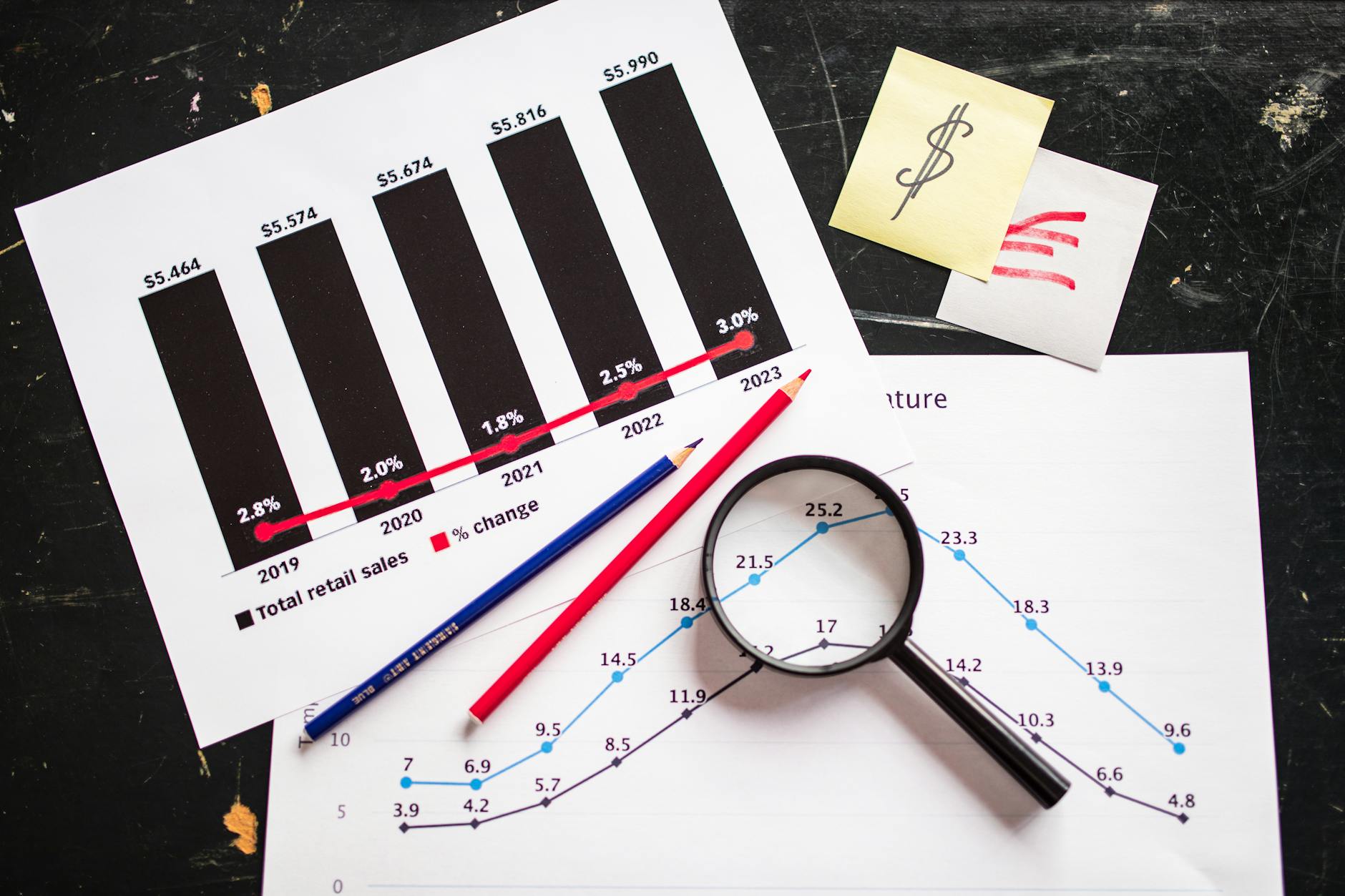
Pricing goes beyond numbers—it’s a tool that affects how potential buyers perceive value and make decisions. For classified sales, a few strategic changes in pricing can significantly influence your ability to close deals. In this article, we’ll explore how small tweaks to your pricing can impact sales, backed by psychology, data-driven techniques, and best practices.
https://www.youtube.com/watch?v=1lEUq_C0Vo8
The Psychology Behind Pricing Strategies
Have you ever noticed how prices often end in .99? Or why stores offer three pricing options instead of two? That’s not random. These tactics work because they tap into deeply-rooted psychological principles.
Charm Pricing and Perceived Value
Charm pricing—setting prices ending in .99 instead of rounding up—is a classic strategy. Customers interpret $49.99 as “less than $50,” even though it’s practically the same. This effect creates a subconscious perception of savings. According to research, this small adjustment can lead to higher sales since buyers feel like they’re getting a better deal. Want to learn more? This guide from Pricing Society explains the far-reaching effects of price perception.

Photo by RDNE Stock project
The Decoy Effect and Bracketing
The “decoy effect” is equally fascinating. Imagine you’re selling an item for $25 and introduce a deluxe version for $60. If you add an intermediate version priced at $50, customers often opt for the $50 option. Why? The $50 version seems like a great compromise, as it’s cheaper than deluxe but offers more features than basic.
By offering strategically-priced tiers, you lead customers toward your preferred option. This approach works wonders when used thoughtfully in classified sales.
Simple Language and Transparency
Complicated or vague pricing drives customers away. Buyers trust businesses that present costs clearly and use simple language. For classified ads, ensure there are no hidden fees or confusing terms. Simple, upfront pricing lays the foundation for credibility and trust.
The Role of Price Elasticity in Classified Sales
Not all products or services respond to pricing changes the same way. Price elasticity measures how sensitive customers are to pricing changes.
Elastic vs. Inelastic Demand
Elastic demand means a price adjustment significantly impacts sales volume—like discounts on non-essential items. In contrast, inelastic demand refers to products or services where price changes have minimal effect on sales. For example, if you’re selling a hard-to-find collector’s item, customers may still buy it even after a slight price increase. You can explore more examples in this Small Business Chronicle article.
Factors Influencing Price Sensitivity
Several elements affect how buyers react to prices:
- Perceived value: If a buyer thinks your product is unique or high-quality, they may pay more.
- Available alternatives: Scarcity increases value.
- Urgency: Buyers are less price-sensitive when the need is immediate.
Recognizing these factors can help you fine-tune your pricing for maximum impact.
Data-Driven Pricing Adjustments
Data analytics gives you the tools to uncover insights about your pricing’s impact. Small, data-backed tweaks can maximize sales without damaging customer loyalty.
A/B Testing for Pricing Effectiveness
A/B testing involves offering different prices to customer groups to see what works best. For instance, try listing one classified ad at $49.99 and another at $55. Compare the engagement and conversion rates to determine the optimal price for similar ads in the future. Tools like Google Analytics or specialized pricing software can streamline this process.
Using Market Trends and Competitor Analysis
Keep a pulse on market trends. If your competitors are lowering prices for similar items, you may need to adjust to stay competitive. For insights into staying ahead, check out this pricing strategy guide.
Best Practices for Implementing Pricing Changes
When adjusting prices, it’s a balancing act between profitability and customer satisfaction. Here are actionable tips for success.
Incremental Adjustments
Drastic changes are risky. Gradual price shifts allow customers to adjust perceptions naturally. Let’s say you want to raise a product price from $40 to $50. Instead of jumping straight to $50, consider testing $45 first and monitor customer reactions.
Communicating Value to Customers
Rather than highlighting the cost, focus on the value. For example, if you raise the price due to better features or faster delivery, communicate exactly what customers are gaining. High-value framing reassures buyers.
Conclusion
It’s remarkable how minor pricing adjustments can transform your classified sales. Charm pricing, understanding demand elasticity, and leveraging A/B testing are effective tools to optimize results. Experimenting strategically helps you find the sweet spot between value and profitability. Ready to see the difference? Start fine-tuning your pricing today, and watch your classified sales improve!



